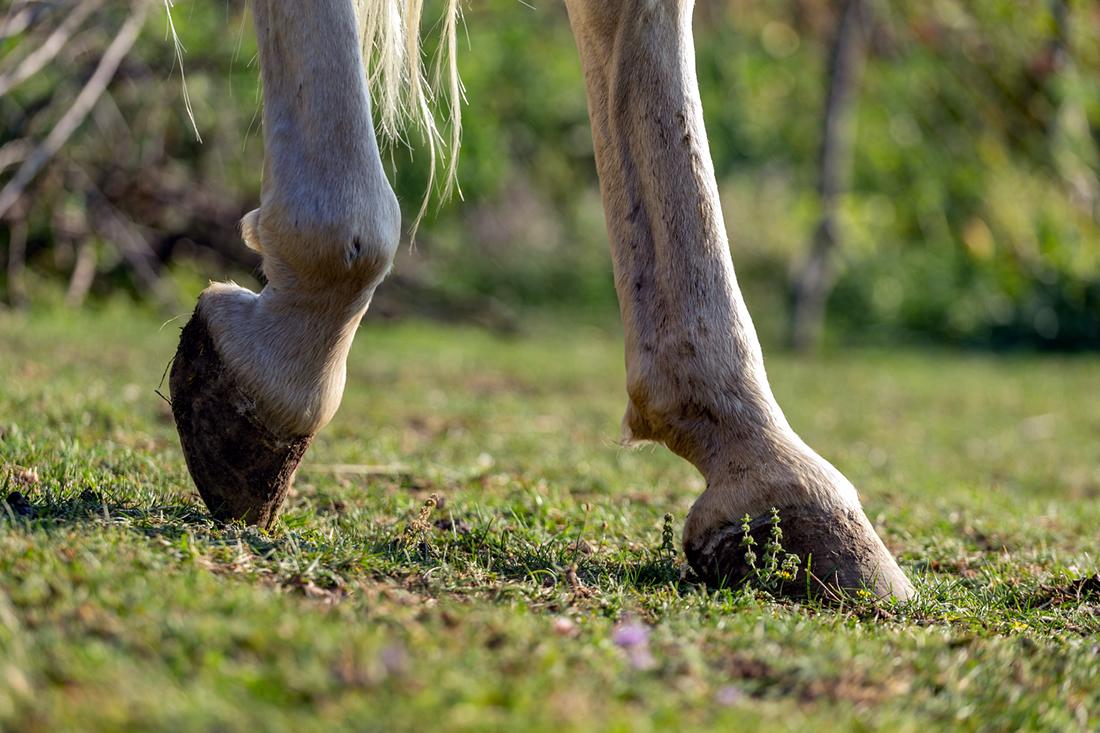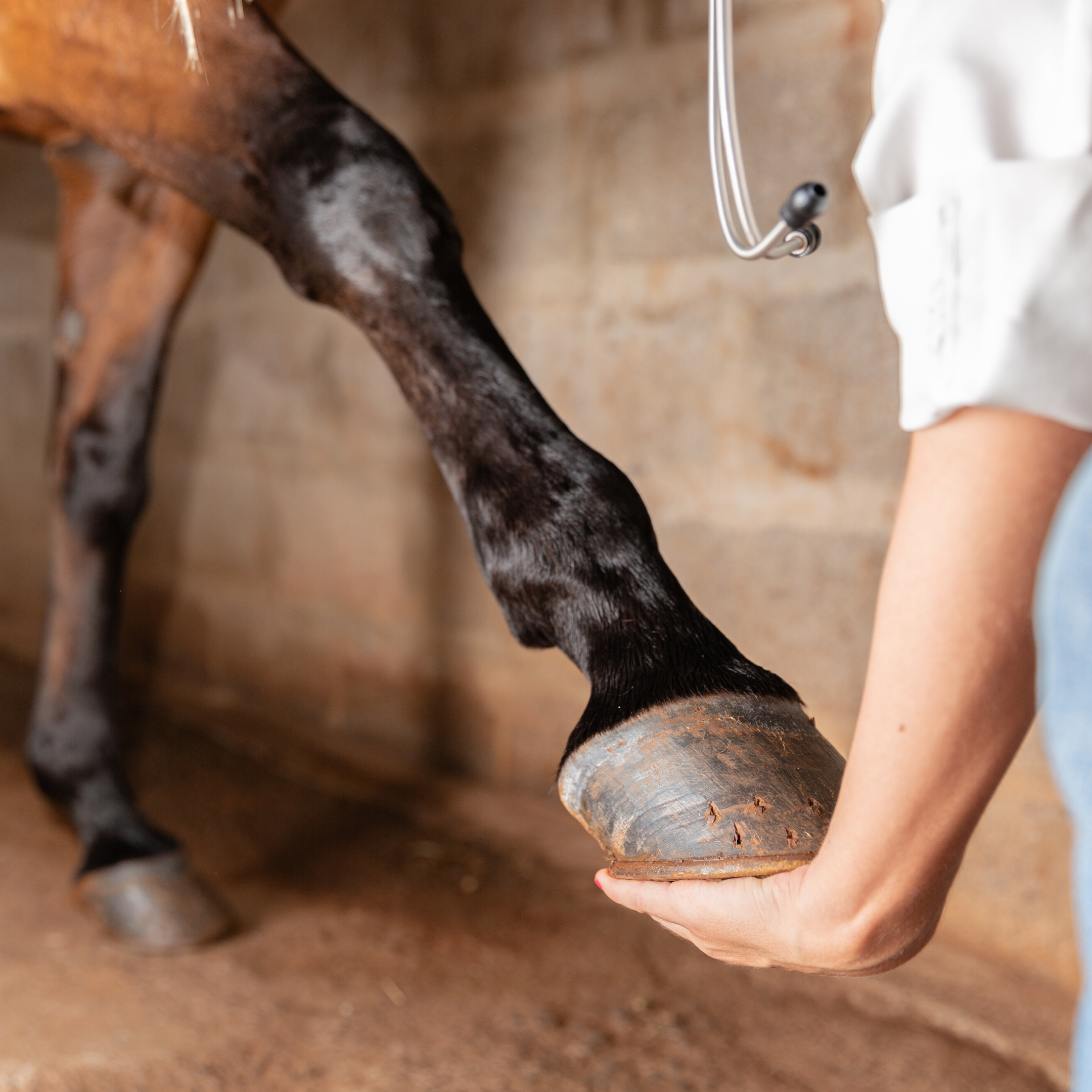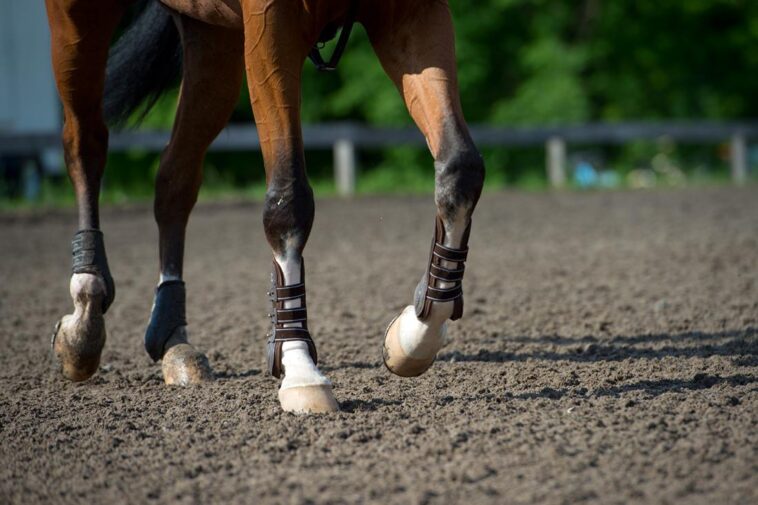As a horse owner, your heart aches when you see your equine friend in discomfort. Lameness, a common yet often complex health issue, frequently affects horses. Lameness can pose quite a challenge to handle, given the array of causes and symptoms it presents, often visible in the way your horse walks or stands.
With a keen eye and a clear understanding of what to observe, you can ensure your horse maintains optimal health. Understanding lameness is crucial in helping you alleviate their pain. Check out the information below to start building your knowledge of this essential part of horse care.
Types And Causes Of Lameness

Lameness in horses usually falls into two categories: acute and chronic. Acute lameness often results from sudden trauma or injury, like a fall, while chronic lameness stems from ongoing conditions or ailments.
Lameness causes range widely, often rooted in musculoskeletal or neurological issues. Explore some of the typical culprits behind equine lameness below:
-
Arthritis
Interestingly, horses can also succumb to arthritis, a condition that brings about chronic inflammation in their joints. Mostly due to the toll of time, this condition tends to target our elder equine companions more. Primarily managing their pain involves using medical solutions recommended by veterinarians and trusted equine care resources, like besthoof.com.
-
Trauma
Any significant physical injury can lead to acute lameness in horses. The trauma could be a sprain from a bad landing during a jump, a deep cut from running through a thorny bush, or a fracture from a serious fall.
-
Stone Bruising
As simple as it sounds, a stone bruise occurs when a horse steps on a sharp stone or other hard objects, leading to a bruise on the soft tissue of the hoof. Stepping on a sharp object can cause acute lameness until the bruise heals.
-
Bone Injury
Whether it’s a minor chip or a major fracture, bone injuries can lead to acute or chronic lameness, depending on the severity and the healing process.
-
Inflammation
Inflammation anywhere in the horse’s limbs, such as in tendons, ligaments, or joints, may also lead to chronic lameness. It often results from overuse of the limb or injury in the area.
-
Overloading
Pushing a horse too hard in training or work could lead to overload injuries, such as stress fractures or torn ligaments, resulting in lameness. It’s a similar condition found in athletes who overtrain.
-
Laminitis
Laminitis is a severe condition resulting from inflammation in the sensitive layers of tissue (laminae) inside the hoof. If not managed promptly, it can cause severe, chronic lameness.
- Nerve Paralysis or Damage
Any disease or injury that affects the horse’s nerves may cause lameness. Nerve damage can disrupt communication between the brain and limbs, leading to irregular movement.
-
Poor Nutrition
The value of a balanced diet for a horse’s well-being can’t be emphasized enough. A lack of proper nutrition may weaken your horse’s bones, joints, and muscles, increasing their vulnerability to injuries and ultimately, lameness.
-
Hormonal Changes
Hormonal imbalances or disorders can indirectly lead to lameness. For instance, Cushing’s disease can make a horse more susceptible to laminitis.
There are many other reasons why your horse can become lame other than injuries or illnesses. Hence, it’s important that you keep a horse first aid kit nearby and regularly observe the animal so you can tend to them immediately. It’s also crucial to understand what constitutes lameness in a horse.
Signs Of Lameness

Recognizing lameness early in your horse is critical to preventing it from becoming a severe issue. By closely observing subtle changes in your horse’s movement or behavior, you can identify potential problems before they escalate. Here’s what to watch for:
-
Limping and Head Bobbing
A clear sign of lameness is an irregular gait or stride. Head bobbing is another common sign; a horse will raise its head when the sore leg strikes the ground to lessen the impact.
-
Reluctance to Move
Your horse might be unwilling to move or work, especially in more advanced stages of lameness.
-
Slowed Performance
Due to the discomfort associated with lameness, your horse may perform below its usual level in regular exercises or competitions
-
Toe Dragging
This could be a sign of lameness in the hind limbs. The horse drags its toe during stride because fully lifting the limb is painful.
-
Hip or Leg Asymmetry
If one hip or leg appears higher or differently angled than the other, it could be a sign of lameness.
-
Change in Behavior
A horse may display behavior changes due to discomfort, such as appearing grumpier, less social, or just generally “off.”
These are just some of the many symptoms a horse with lameness may exhibit. Many are so subtle that only an experienced vet can diagnose them with accuracy.
Diagnosis

The process of diagnosing lameness involves several steps and considerations:
-
Horse’s Age
Age can be a crucial factor in determining the cause of lameness. Certain conditions like arthritis are more common in older horses, while younger, growing horses might experience different issues.
-
Horse’s Daily Routine
A horse’s daily activities, such as training intensity and terrain types, can influence the likelihood of specific lameness conditions.
-
Horse’s Job
The type of work a horse does can predispose it to specific injuries. For example, racehorses may be more prone to high-impact injuries, while dressage and event horses might experience joint issues from repetitive movements.
-
Physical Exam
Initiating a thorough physical examination serves as the cornerstone in diagnosing lameness. The vet will look for abnormalities such as swelling, heat, or discomfort when palpated. Physical exams may also involve observing the horse while it’s at rest, standing on level ground.
-
Hoof Test
This test involves applying pressure to different parts of the hoof to identify any areas of sensitivity or pain. Vets usually perform it on the front legs of the horse since body weight is mostly distributed there.
-
Joint Flexion Test
The vet may also check for lameness by flexing the horse’s leg and then releasing it. Next, they’ll observe the possible changes, such as shifting weight. This examination may reveal issues not evident in the previous tests.
-
MRIs and Ultrasounds
For more complex cases, your vet may recommend imaging tests to uncover issues not visible from the surface, such as soft tissue damage or minor fractures.
Your Horse’s Health Starts With You
Lameness can significantly impact a horse’s quality of life, and as their caretaker, it’s crucial to understand this complex issue. Recognizing the signs of lameness and seeking prompt professional help is key. Regular vet checks and attentive care can often prevent or minimize the condition’s severity.
For healthier and happier horses, remain alert and keep expanding your knowledge. Remember, no one knows your horse better than you do, so trust your instincts if something seems off. Your proactive management and prevention of equine lameness can make a significant difference.




